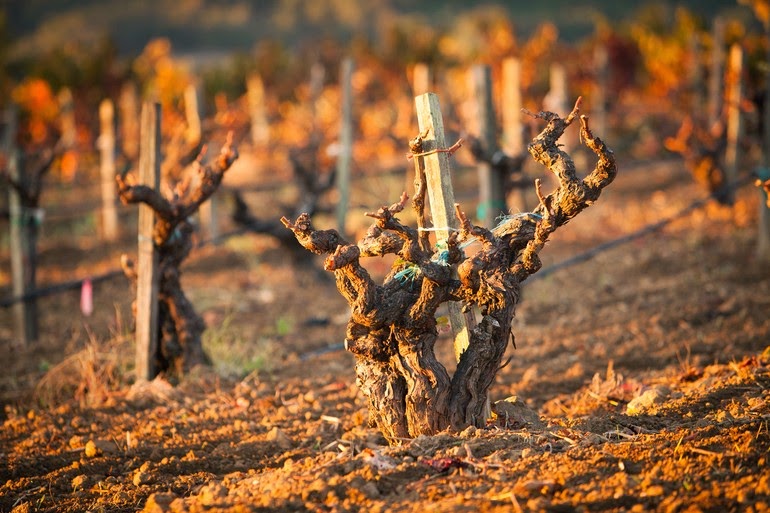Today, Italy is the leading wine producer in the world. In addition, it is the country that has the largest number of native grapes, many of which are hardly grown outside their place of origin. This makes Italy a producer of unique wines, which can not be replicated anywhere else in the world.
Introduction of winemaking in Italy
In the 1970s, it is plausible to consider the improvement of Italy’s wine production and its impact on the industry as a whole. Part of this revolution was due to investments (usually from European Union funds) that modernized the facilities of the entire wine production chain in Italy and made it one of the best in the world.
In addition, the increase in the quality of the Italian wines is a result of the experimentation and the introduction of modern winemaking techniques. Over the years, producers have found a good balance between modern and traditional techniques.
Italian Wines
At the start of the revolution, stainless steel tanks gradually replaced traditional large wooden vessels. This trend has been partially reversed over the years, as producers realized the importance of the fermentation process in oak. Currently, stainless steel tanks, wood or a combination of the two are used. In addition, concrete vessels are also used.
The chap administration techniques have also been modernized, for example, instead of pigeage (pushing down), winemakers started to do reassemble or use rotofermenters.
Traditionally, Red Italian Wines went through long fermentations and macerations. Most growers have reduced this maceration time. It is important to note that producers of high quality wines usually maintain longer macerations (3 to 4 weeks) in order to produce wines with more structure, complexity and age potential.
In the 1980s and 1990s, one of the most significant changes was related to the aging and maturation of wines prior to market launch. Traditionally, red wines were aged in large vessels of Slovenian oak or chestnut barrels. In the 1980s, French oak barrels began to be introduced, with the aim of producing wines in a more international style, softening tannins, adding complexity, but some wines were completely dominated by excessive wood.
Over the years, many producers have refined the use of new oak, others have returned to the large oak barrels of Slovenia to highlight the characteristics of the native grapes and the terroir (In Italy, the grape is also an element of the Terroir).
Italian White Wines
In the 70’s, white wines were reborn.
In this period, the practice of fermenting the must with the skin of the grapes was abandoned. Slow fermentations, with low and controlled temperatures in the stainless steel tanks, cultured yeasts, filtration, centrifugation and no contact with the oxygen during the production process resulted in crispy wines with light body and technically perfect. However, these wines soon suffered from the uniformity of flavors, the loss of personality, distinction and complexity.
This caused producers to rethink their processes and seek to make wines more representative of the terroir, using wild yeast. The stainless steel tanks were maintained, but the oak was reintroduced for fermentation and aging, with the aim of adding texture and complexity. Short cold macerations were introduced to extract more flavor.
All these improvements in wine making and also in the vineyard put Italian white wines in a new quality era in the year 2000 with high quality and great diversity. Italian white wines have character and express their origin.
What do you think would be the next trend?



